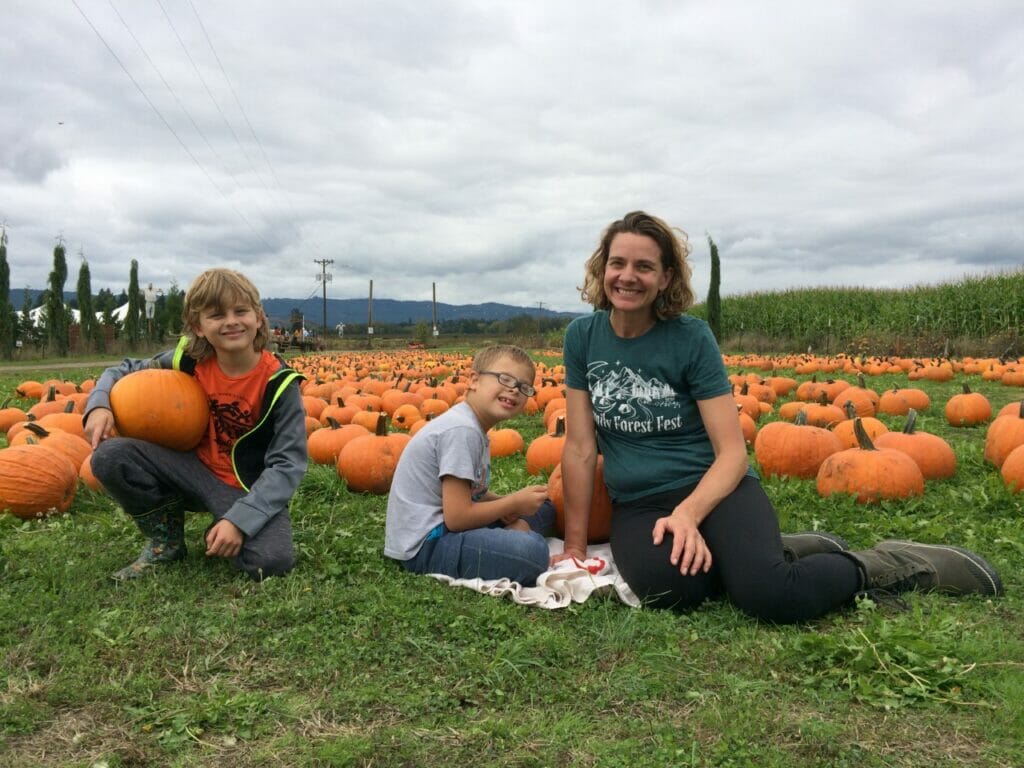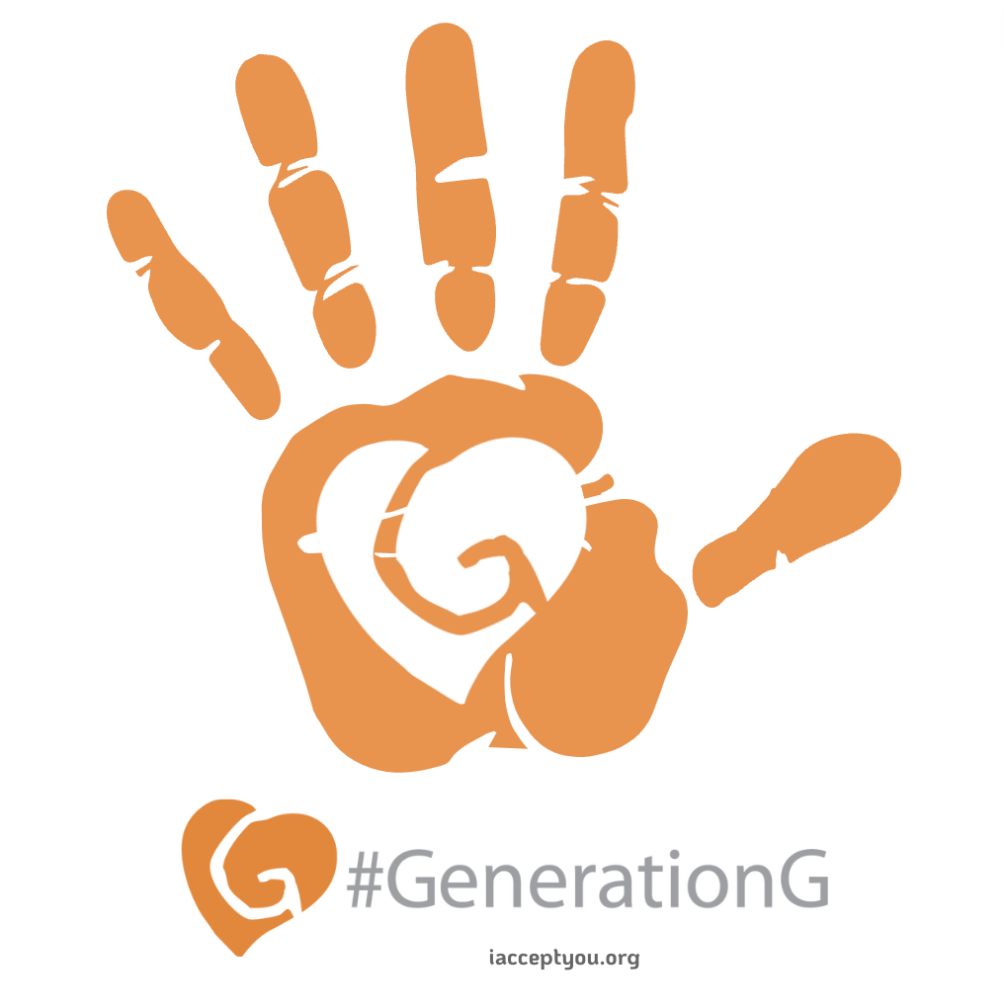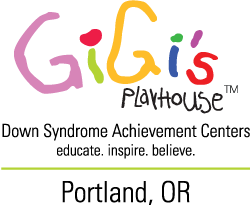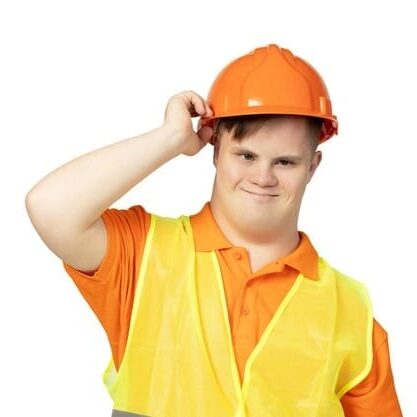What Is Oromyofunctional Therapy and Why Is It Important to Our Kids with Down Syndrome?

Have you ever wondered why so many of our children with Down Syndrome have an open mouth posture?
Have you ever heard that our kids’ tongues are larger than the typical population?
Does your child have sleep apnea or eat with a tongue thrust?
Is your child a mouth breather?
As a parent of a child with Down syndrome, I’ve heard these things are “just a function of an individual experiencing Down syndrome.” And I believed it! As a speech pathologist, however, I’ve come to learn this belief is innacurate and outdated.
Today, I want to share everything I know about how to best support our children through MyoFunctional Therapy! Let’s dispel some common myths and educate individuals and groups who work with and care for our kids and adults experiencing Down syndrome. If they better understand the condition, they can make more informed decisions regarding:
- Posture
- Breathing
- Airway
- Feeding
- Sleep
- Dentistry and
- Myofunctional intervention and speech therapy
Let’s dig in!
Myth 1: Individuals with Down syndrome have larger tongues.
Fact: Individuals with Down syndrome do not have larger tongues.
Many people believe that people with Down syndrome have larger tongues, which is why they don’t fit within the dental arch. The truth is that individuals with Down Syndrome have the same size tongue as others; it’s an issue of low muscle tone, called Hypotonia. Additionally, the tongue has a low resting posture, and the maxillary formation (roof of the mouth) has not expanded properly to accommodate the tongue.
Thankfully, this is something that we can work on! The tongue has many muscles. So does the jaw and palate. Just like going to the gym to work on squats for your quads, “working out” on speech can (and will) strengthen lingual control.
Myth 2: It does not matter where your tongue is resting.
Fact: The ‘at rest” tongue should be in contact with the roof of the mouth.
There is a “sweet spot” right behind the upper teeth on the alveolar ridge where the tongue should come in contact with the upper palate. Practicing tongue placement can train the tongue where it should rest.
Myth 3: Individuals with Down syndrome don’t need a feeding protocol because they’re eating just fine.
Fact: When swallowing, the tongue should be active and up for the oral and pharyngeal phases of the swallow.
I used to say, “My kid can take food down no problem, so why does it matter what the tongue is or isn’t doing?” However, tongue function is really important in chewing and the oral pharyngeal swallowing phase. The lips, cheeks and gravity shouldn’t be the main drivers for moving liquids and solids back; the tongue plays a major role.
Myth 4: It doesn’t matter that my child is a mouth breather.
Fact: Nasal breathing is a healthier, more efficient form of respiration.
Nasal breathing is better for memory, cognition, oral cavities (oral hygiene), and respiration (we get more oxygen breathing through our nose). We get higher levels of nitric oxide from nasal breathing, and nitric oxide is linked with increased blood flow, lowered blood pressure, improved memory and learning, healthy digestion, destruction of viruses and less cavities. The nose is a filtration system allowing less viruses to pass into our bodies. Airway disruptions lead to the brain getting inadequate oxygen required to develop properly and maintain optimal health.
Close to Home
For years, I’ve said my son does not present visually with a seemingly “large tongue”. In fact, his is actually fairly long and narrow. Nor does he present with a hypotonic genioglossus look (weak tongue muscle). But I am concerned with how my son breathes and how his face and teeth. His oral facial features are indicative of a larger problem related to airway, oral musculature, tongue functioning, feeding and swallowing safety.
My son, Zach, is having a sleep study soon to hopefully provide more information about his snoring, possible sleep apnea, airway obstruction, and other potential health issues. I understand he may need surgery for enlarged adenoids (adenoidectomy) and will likely need palatal expansion, as well as a possible tooth extraction.Each of these interventions is a result of his high dental arch, mouth breathing, and malocclusion of his teeth.
These problems are made worse due to his improper tongue posturing, tongue restrictions, and inability to isolate his tongue and jaw. Despite years of traditional speech therapy efforts, his lingual control and articulation skills are poor, his speech intelligibility is fairly low, and dentition problems abound.
There are many positive benefits from looking at our children’s oral motor dysfunctions through the lens of oro motor structures and their muscular systems related to breathing, feeding and speech. Focusing on weak tongue, mouth and facial muscles by strengthening and training them properly is critical to the development of any child. These aspects also impact communication and our overall well being, our sleep, heath, nutrition, and respiration.
What Is Oral Myofunctional Therapy?
Oral myofunctional therapy (or Oral Facial Myology) is the process of working out and strengthening the muscles of the mouth.
- Oro = Mouth
- Myo = Muscle
Breatheworks is a clinic here in Portland where I work as a contractor. Breatheworks, has four oromyofunctional therapy practices throughout the great Portland area — including North East Portland, Lake Oswego, Camas, and Eugene. The owner of Breatheworks, Corinne Jarvis, SLP writes:
”The Breatheworks approach focuses on evaluating and treating, not only speech, but
oromyofunctional disorders, expressive and receptive language, cognitive-communication deficits, and fluency disorders in adults, children, and infants. We are addressing problems related to feeding and swallowing, sleep-disordered breathing, impeded airway, and Temporal Mandibular Dysfunction. We are addressing craniofacial pain and tension, oral hygiene, relapsed orthodontia, focus/attention, anxiety, chronic congestion, voice, and speech.”
Corinne has been studying the principles and practices of oromyofunctional therapy for more than ten years because she knows her clients “are more than just a set of problems.” She found such a great need for people to “work on the whole client to promote optimal facial growth and development.” She was also troubled by the lack of information and knowledge about “tongue ties” in the medical community.
This knowledge gap is why she formed a multidisciplinary team of Speech-Language Pathologists, Dental Hygienists, Naturopaths, Acupuncturists, and PT/OT motor professionals working under one roof. She has helped bridge the gap by working closely with the medical community including Orthodontists, ENT’s (Ears, Nose, and Throat) specialists and Dentists to diagnose and treat Oral Motor Dysfunction such as
- Ankyloglossia (Tongue Tie)
- Tongue thrust
- Swallowing/Feeding disorder
- Respiratory/Postural inefficiencies
- TMJ (Temporomandibular Joint)
- And other oral motor disorders (OMDs).
Not only does OMT therapy examine and treat disorders regarding breathing, swallowing, snoring, lingual dysfunction, it also treats and looks at speech for both intelligibility and clarity. Simply put, if your tongue has restriction, teeth aren’t aligned, tongue isn’t resting on the soft and hard palate behind the alveolar ridge, and does not have correct placement, then your articulation of speech sounds will be impacted. Think about having your child evaluated by a Myo Functional Therapist for intervention related to oral facial structures and function. We all want what is going to help our kids have the healthiest body and best functioning possible so this is one area that isn’t widely known and definitely important on many levels for all of us in daily functioning and living our best selves!
About Radha
Writer, contributor and Programs Lead for GiGi’s Playhouse Portland “Startup Team”, Radha Joy, has been a Speech Language Pathologist (SLP) for 17 years. She graduated from The Evergreen State College in 1998 and earned her Masters in Science in Speech and Hearing Sciences from Portland State University in 2005. She is a fluent
Her first 2 years as an SLP, she served in the Columbia Regional Deaf and Hard of Hearing Program (CRPDHH) at Creston Elementary in Portland Public Schools. For the next 10 years, she worked at Capitol Hill Elementary school in a Communication Behavior classroom, working with students on the spectrum delivering Social Thinking lessons. She has worked in a few other school districts — including Lake Oswego, North Clackamas, and Astoria School District for the Hello Foundation. She has also worked in various elementary, middle, and high schools.
Currently, Radha works as a Speech Pathologist at Breatheworks doing oromyofunctional Speech Therapy. She has twin 12-year old boys, Gabe and Zach — Zach has Down syndrome.
Radha Joy (formerly Szenasy)
(503) 754-0629
rjoy@gigisplayhouse.org and radha.breatheworks@gmail.com
Recent Posts



